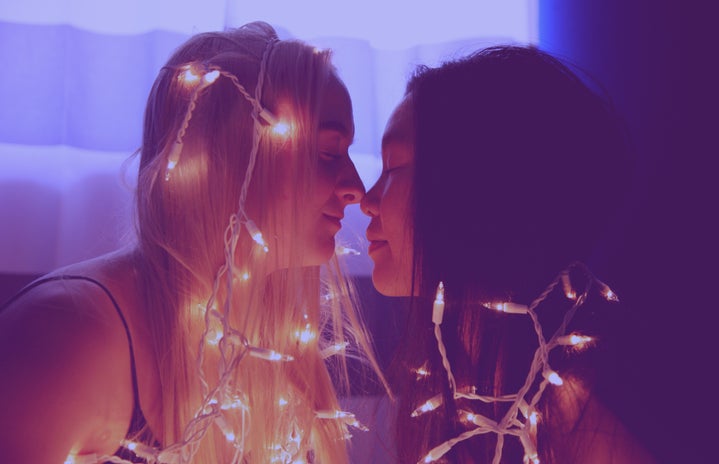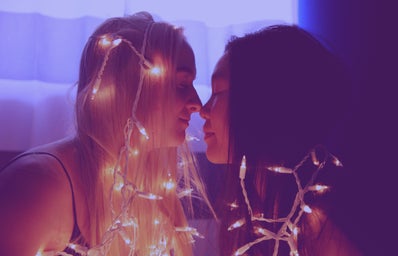In the last few years, we’ve seen a shift in pop culture: more movies, tv shows, and books than ever before feature LGBTQ+ characters. From The Haunting of Bly Manor to the weirdly homophobic Supernatural love confession from Castiel to Dean (both in 2020), having at the very least a token LGBTQ+ character has become the norm.
However, while we are seeing a shift, the media has a very narrow lens on the LGBTQ+ community. For starters, most films and TV shows exclusively feature white cis LGBTQ+ characters. Where are our people of colour? Where are our transgender and non-binary characters? The LGBTQ+ community is not just Timothee Chalamet-like waifs and Kristen Stewart.
Not to mention the lack of happy endings. If you’re at all familiar with tropes, you’ve likely heard of “burying your gays,” in which canonically LGBTQ+ characters die to further the plot. An example of this is Castiel, who literally gets dragged to hell after confessing his love to Dean. Or Quentin from The Magicians, a bisexual man with depression who sacrifices himself to complete a quest before his partner is able to confess his love for him.
If LGBTQ+ characters survive, they often suffer immensely due to their identity, including angsting over coming out. While coming out stories are important for offering closeted LGBTQ+ folks examples to follow, what happens afterward? This narrative of the LGBTQ+ experience being the primary depiction that most people see diminishes the work that comes after coming out, but it also ignores the joy and community many find after coming out, because these things are inaccessible to the non-LGBTQ+ writers. Coming out isn’t an ending; it’s a beginning.
When they aren’t focussed exclusively on the experience of coming out, representations of the LGBTQ+ community often focus on the “realistic” discrimination and microaggressions that the LGBTQ+ community endures on a daily basis. By exclusively depicting these characters as miserable because of their identity, queerness becomes a barrier to happiness rather than something to be celebrated.
It also becomes the defining characteristic of these characters. Trust me, I have bigger problems in my life than the fact that I’m queer. If the character’s identity exists solely as something that causes drama for them, it’s probably not very good representation.
What representation does the LGBTQ+ community have that proves happy endings are possible for us? LGBTQ+ relationships aren’t perfect because no relationship is, but they’re still a source of happiness and love. Where are our comedies and romances? (And no, The Happiest Season does not count.) Where are our dramas that don’t focus on secrecy and lies? I’m looking at you, every-single-historical-film-about-LGBTQ+-people ever made.
Rather than recycling the same old plotlines, LGBTQ+ media has the potential to explore what queer life looks like: multi-faceted and complex, same as any other life on this planet. And I, for one, am more than ready to usher in an era of media that acknowledges that.



